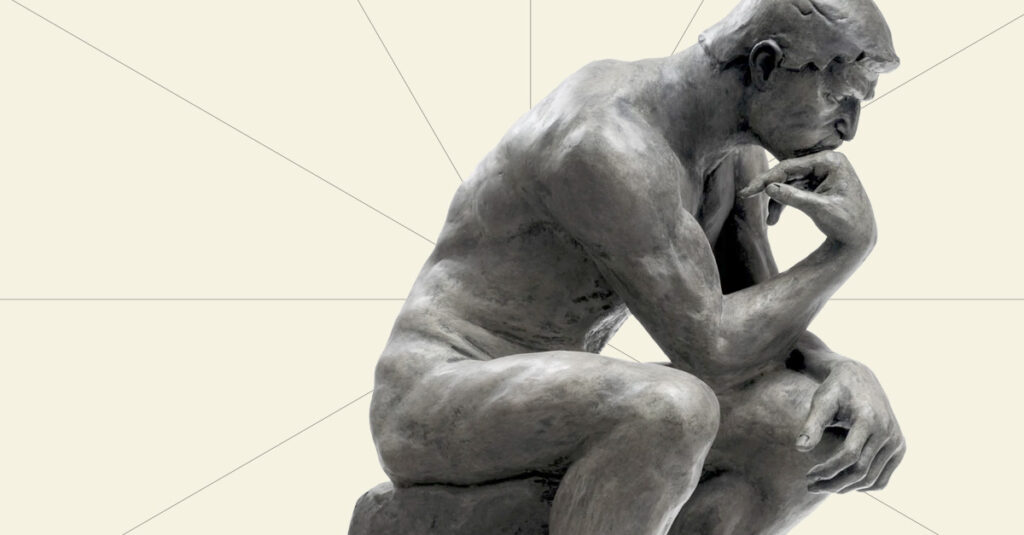There is a psychology surrounding numbers.
Think of a number, any number.
Chances are, according to science, you thought of the number 7. After that, 3, 8, 4, and 5.
Strength in numbers
When it comes to numbers, humans are surprisingly predictable. We don’t like big numbers – in fact, the bigger a number is, the less we like it. We’re also fairly indifferent to round numbers, with numbers ten, twenty, and thirty low on our list of favourites.
Other numbers inspire great affection. We love (and, I mean, love) the number seven, attributing it to luck, success and magic. We’re also big fans of three, particularly in design, where the combination (in pillow arrangements, picture hangings etc.) draws the gaze and holds our attention.
So what are the magic numbers for marketers? And how can they be used throughout content? Here, we give our two cents...
1. Magic number 9
The way you present numbers in marketing makes an extraordinary difference to your consumer. A common hack that you’ll see businesses use in their pricing cues is to end a price tag with the number 9 - £6.99, for example, instead of £7. This trick is so overused that you’d think consumers would ignore it. In fact, it generates an extraordinary response, increasing consumer demand and creating more sales.
This was exemplified in an experiment conducted by MIT and the University of Chicago, in which the price of a dress was increased from $34 to $39. At the latter price, demand increased by a third, despite the dress being more expensive. When researchers changed the price tag to $44, there was no change in demand from the original price. The psychology in number 9 signifies something less than a rounded number - and therefore a great deal for consumers looking for a bargain.
2. Rule of 3
The number 3 is familiar to designers, who use it to draw a consumer’s gaze. This is routinely called the “Rule of 3”. Since three is the lowest figure that can be used to form a pattern in the human mind, it’s stimulating for us. We like to find meaningful relationships in our environments and three signifies something that isn’t there by chance. For example, in their speeches, orators will use the rule of three to catch an audience’s attention.
Savvy businesses use the rule of three throughout their marketing.
Pricing alternatives nearly always come in a set of three, with most consumers opting for the middle option (the one that doesn’t seem too minimal or extreme). When faced with too many choices, humans enter a kind of mental paralysis. It can lead to avoidance behaviour, with humans fearful of making the wrong decision. Using the number three to group pricing or product options can empower consumers with choice, while also limiting exposure to too many items.
3. It pays to be odd
Multiple surveys have shown that we attribute moral capabilities to numbers, with even numbers seen as “good” and odd numbers seen as “bad”. Even numbers are viewed as homely and friendly in marketing materials, although not particularly eye-catching. They can be used to reassure a consumer, for example in a rote statistic. Surveys also show that, despite rating odd numbers as “bad”, we also prefer them. Our favourite numbers tend to be odd (7,3,5,9), and we view them as more appealing and memorable.
When attention-seeking is the main objective, we should always turn to odd numbers. In marketing, we’re competing for the consumer’s attention, and odd numbers are a great way to signpost content that is exciting or appealing. You might notice, for example, that marketers use odd numbers in lists or blog titles (like mine). In the US, Pace University conducted an experiment around odd numbers, in which participants were asked to press a button when both digits were even, and when both digits were odd. It took the participants 20% longer to press the button when both digits were odd, meaning that it takes our brain longer to process them. They are, compared to even numbers, mindboggling.
Just a numbers game
Numbers can be used in different ways throughout content marketing, but there are clear and predictable preferences that – once you know – can be used to great effect. For designers, three is a winner, and should be used for points of interest and conversion bait (e.g. the pricing options on a website).
For copywriters, the rule of three can be used in sentence phrasing – to build interest, emphasise a point, and keep your audience reading.
In pricing cues, nine strikes a chord. And if you want to draw attention to your content – as marketers usually do – odd numbers are your friends, there to draw the user’s gaze and spark interest. Mostly, numbers are there to simplify your content marketing. A well-placed statistic can be the difference between a conversion and the user dropping off your site. A price that shouts “bargain” will generate a buzz and create demand. How you use numbers is up to you, but we can help you get past square one.
Want to learn how to use numbers in your content marketing?
Just get in touch, and we’ll do the rest.

